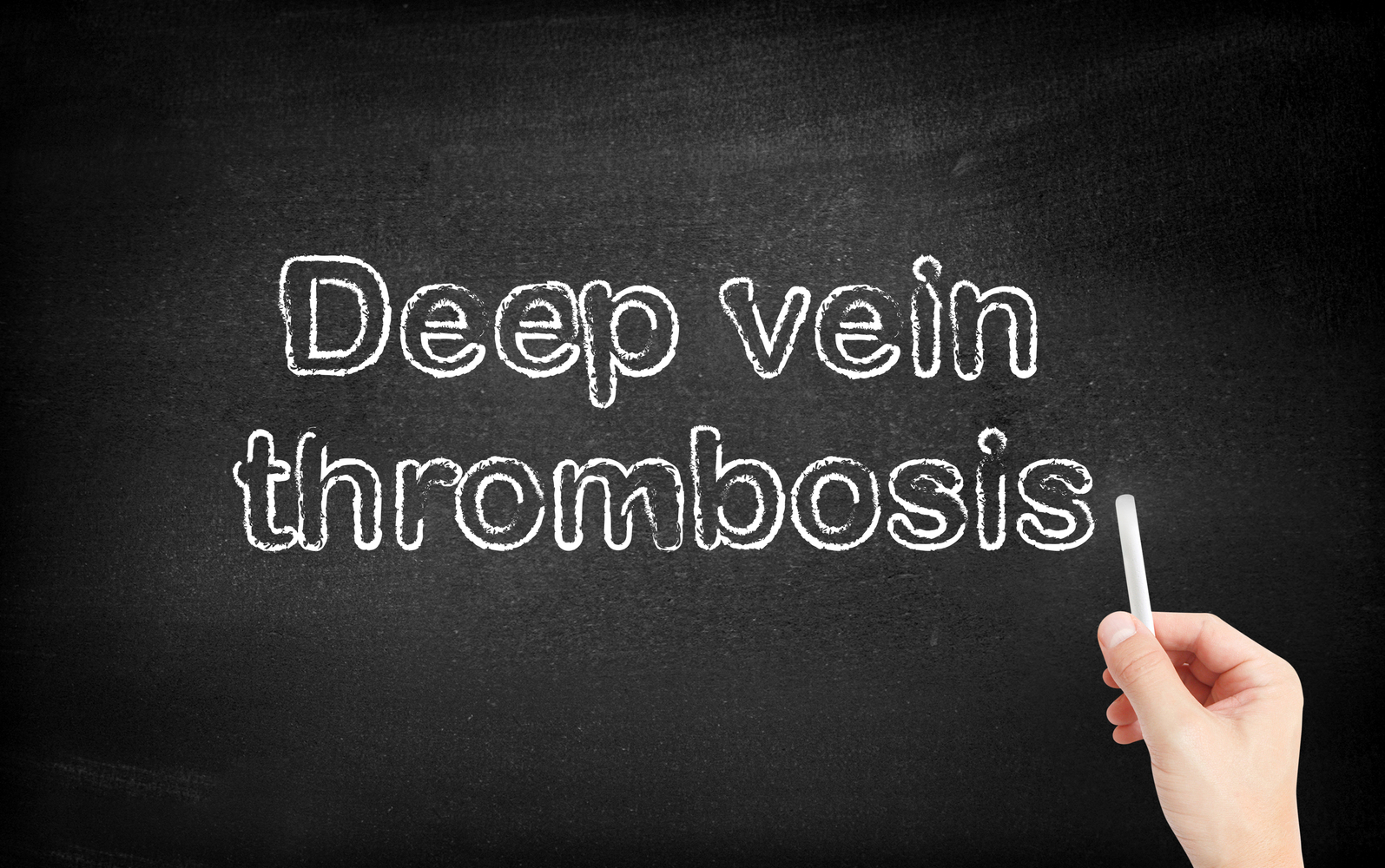
5 Warning Symptoms of Deep Vein Thrombosis
Deep vein thrombosis (DVT) is a condition that occurs when a blood clot occurs in the vein(s) of the body. The clots primarily occur in the lower leg or thigh. However, they can form in any other area of the body as well. Those who have had DVT are also at risk of developing post-thrombotic syndrome in future. Here are the five common symptoms of deep vein thrombosis:
- Swelling in the leg
One of the most common symptoms of DVT is swelling in the thighs and legs. Usually, the swelling initiates in the calf and affects one leg. Over time, it may become severe and painful.
- Skin discoloration
There might be visible variations in skin color right over the affected vein. These color changes can be backed by swelling, redness, and/or pain in the area. There may be bluish or dark discolorations on the skin, which occur because of reduced blood flow.
- Muscle cramps
Almost all of us have experienced muscle cramps at some point. In most people, the cramps may start at night as a charley horse and last only for some minutes. People with DVT experience these cramps predominantly in the calves. These cramps will be persistent and may even aggravate with time. In some people, cramps might occur in the thighs and be followed by a throbbing sensation.
- Leg pain
Pain in the leg is another early warning sign of deep vein thrombosis. In some cases, it can be an indication of a blood clot underneath the skin. Usually, the pain begins in the calf of one leg, and you may feel tenderness, soreness, or achiness there. The pain can even aggravate when you walk or stand for a longer duration. At times, people confuse it with a muscle injury or pulled muscle. If the pain is from a DVT clot, then it will aggravate with time. So, if there is no reduction in pain even after continuous rest, then it can be a sign of DVT.
- Warmth
The reason behind many DVT symptoms is restricted blood flow. One such symptom of DVT is affected areas turning warm. This happens because blood is unable to circulate normally, due to which it gradually fills up the outer veins. As a result, the area might feel warmer; the warmth is curtailed only to the area where there may be a clot. At times, the whole limb or calf might also feel warm.



